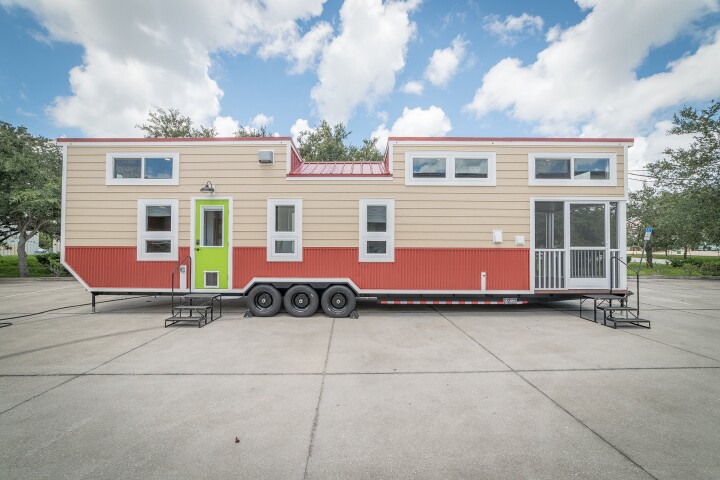Hubble has been photographing the cosmos for almost 30 years now, but it still manages to surprise us with some absolutely breathtaking shots. Case in point – the latest image shows the two-faced galaxy NGC 4485, which still bears the stunning scars of a close call with another galaxy millions of years ago.
Located about 25 million light-years away in the constellation of Canes Venatici, the galaxy NGC 4485 is far from symmetrical. The left side of it looks pretty normal, showing a cloud of stars with just a hint of the usual spiral structure these kinds of galaxies often take on.
But the right hand side is far more turbulent and beautiful. It's a flurry of colors, with swirling pink nebulas giving birth to new stars, which can be seen as blue spots.
So what kickstarted this new star-forming activity, and why is it only on one side of the galaxy? The answer lies just out of frame – another galaxy called NGC 4490, which brushed past NGC 4485 a few million years ago. That near-collision created all kinds of gravitational chaos, causing dust and gas to clump together in denser patches that soon flared up as new star-forming regions.
Although the two galaxies are now 24,000 light-years apart, the aftermath of that near-collision still rages on.
The image was captured by Hubble's Wide Field Camera 3 (WFC3) and Advanced Camera for Surveys (ACS).
Source: Hubble




